Electricity is a part of lives and it is impossible to imagine modern life without it. Whether it is from your utility or from a grid-free solar system, you need electricity to light up your living room in the evening, watch television with your family, wash and dry your clothes, make delicious coffee, juice-up your mobile phones and laptops and many other important functions. All you need is to insert the appliance or device’s plug into the electrical outlet or receptacle and flip the switch. We have already seen about different types of light switches in a previous tutorial. So, we will focus on different electrical outlet types for this article.
Why Do We Need Electrical Outlets?
The electric power from your local utility is brought into your home through cables and is terminated at the distribution box with circuit breakers. In order to use this electricity, it is then distributed all over the house either through in-wall or external conduits and reaches light bulb connectors and electrical outlets.
An Electrical Outlet, also known as Electrical Receptacle, is the main source of electric power in your home. You insert the plug of the device or appliance into the electrical outlet and switch it on to power up the device.
Different Electrical Outlet Types
Let us now take a look at some of the commonly used electrical outlet types in our homes and offices. The following is a list of different types of electrical outlets.
15A 120V Outlet 20A 120V Outlet 20A 240V Outlet 30A 240V Outlet 30A 120V / 240V Outlet 50A 120V / 240V Outlet GFCI Outlet AFCI Outlet Tamper Resistant Receptacle Weather Resistant Receptacle Rotating Outlet Ungrounded Outlet USB Outlets Smart Outlets
1. 15A 120V outlet
One of the most common types of electrical outlets is the 15A 120V outlet. As the name suggests, these outlets are suitable for 120VAC supply with a maximum current draw of 15A. Internally, the 15A outlets consists of 14-gauge wire and are protected by a 15A breaker. You can use these outlets for all small to medium powered devices such as smart phone and laptop chargers, desktop PC, etc.
2. 20A 120V Outlet
Another commonly used electrical outlet in U.S. is the 20A 120V outlet. The receptacle looks slightly different from the 15A outlet with a small horizontal slot branching of a vertical slot. Also, the 20A outlet uses a 12-gauge or 10-gauge wire with a 20A breaker. Slightly powerful appliances such as microwave ovens often use 20A 120V outlet.
3. 20A 250V Outlet
The 20A 250V outlet, as the name suggests, is used with 250VAC supply and can have a maximum current draw of 20A. It is often used for powerful appliances such as large ovens, electric stoves, etc.
4. 30A 250V Outlet
The 30A 250V outlet, as the name suggests, is used with 250VAC supply and can have a maximum current draw of 30A. It is also used for powerful appliances such as air conditioners, air compressors, welding equipment etc.
5. 30A 125/250V Outlet
The 30A 125/250V Outlet is a heavy-duty receptacle that is suitable for both 125V and 250VAC supply at 60Hz. They are used with large appliances such as powerful driers.
6. 50A 125V / 250V Outlet
The 50A 125/250V outlet is an industrial grade electrical outlet rarely found in residences. You can also find these outlets in RVs. Large welding machines often use such outlets.
7. GFCI Outlet
The Ground-Fault Circuit Interrupter or simply GFCI is usually used in kitchens and bathrooms, where the area can be potentially wet and danger of electric shock is high.
GFCI Outlets protects from ground faults by monitoring the current flow through the hot and neutral wires. If the current in both the wires is not same, it means that there is a current leak to the ground and the GFCI outlet immediately trips. Usually, the current difference of 5mA can be detected by a typical GFCI outlet. It is available in multiple capacities. The following is a GFCI Outlet rated for 15A.
A 20A GFCI Outlet looks something like this.
8. AFCI Outlet
The Arc-Fault Interrupt Controller or simply AFCI is another safety outlet. A typical AFCI outlets contains a computer that continuously monitors the current and voltage and if there are arcs due to loose wires broken wires or wires coming in contact with each other due to improper insulation, the AFCI trips the solenoid and opens the circuit. AFCI can prevent fires that are usually caused by arc faults.
9. Tamper Resistant Receptacle
Most modern homes are equipped with tamper resistant or tamper proof outlets. They are usually marked as “TR” and have built-in barrier to prevent insertion of objects other than plugs with ground prong or proper two-pin pronged plugs. If you have small children in your home, then we highly recommend you to install tamper resistant outlets as they are safe even if you insert anything other than a proper plug.
10. Weather Resistant Receptacle
A weather resistant receptacle is usually designed with a corrosion resistant material for the metal parts and also a weather protective cover. These outlets can be used in outdoor conditions and they can provide protection from rain, ice snow, dirt, moisture and humidity. Weather resistant outlets are usually available in 15A and 20A configurations.
11. Rotating Outlet
A Rotating Outlet, as the name suggests, can be rotated 360 degrees. This is very handy if you have multiple outlets and a bulky adapter blocks the second outlet. By simply rotating the first outlet, you can free up the second outlet.
12. Ungrounded Outlet
An ungrounded outlet has only two slots; one hot and one neutral. Most of the outlets mentioned are three-pronged outlets, where the third slots act as a grounding connector. Ungrounded outlets are not recommended as grounding of electrical appliances and devices is an important safety feature. The ground pin provides an alternative path for the electricity to flow, if there is a problem with the normal path.
13. USB Outlets
Recharge your smartphones, tablets and power banks with USB outlets. These are available in two basic variations. One type consists of main 15A outlet with extra USB connectors. The other type consists of all USB connectors without any normal household receptacles.
These are becoming popular as you don’t have to worry about chargers and simply plug-in the cable into the USB port on the outlet and charge your mobiles.
14. Smart Outlets
Smart outlets allow you monitor the power of the device that is plugged in. They are usually controlled by Wi-Fi, Bluetooth, ZigBee or Z-Wave protocols.
Conclusion
A brief introduction to electrical outlets, their important in our homes and offices. You learnt about different electrical outlet types along with their typical use cases. We will try to update with more types of electrical outlets in the future and also important safety tips and features. Comment * Name * Email * Website
Δ



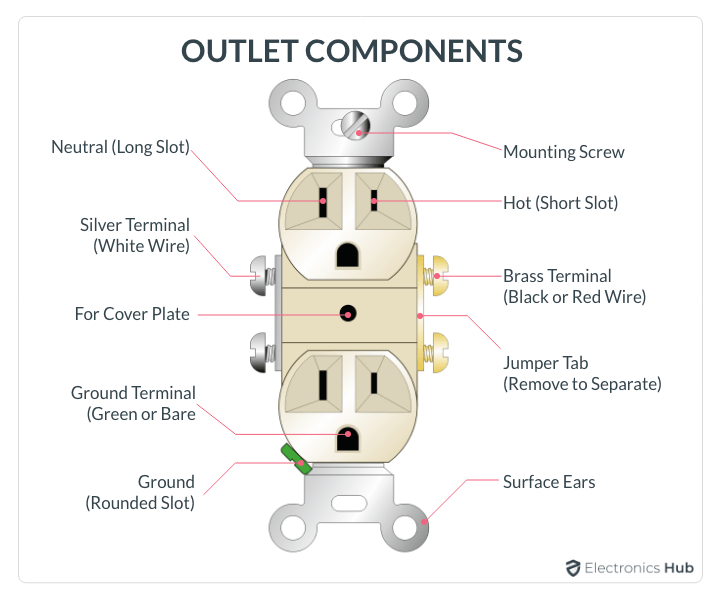
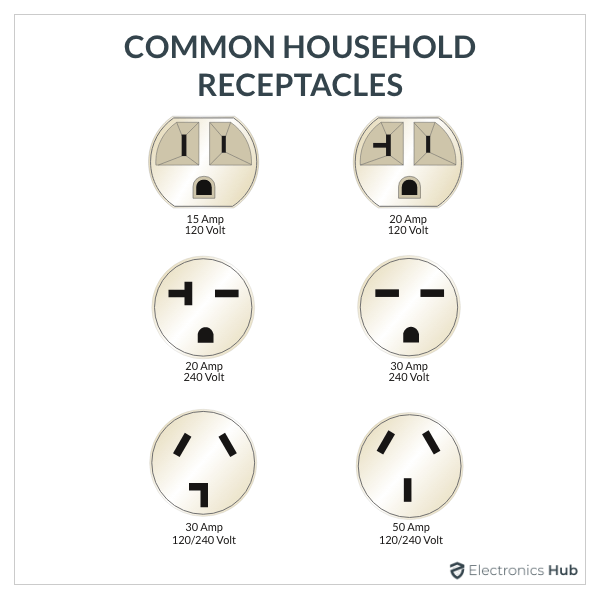
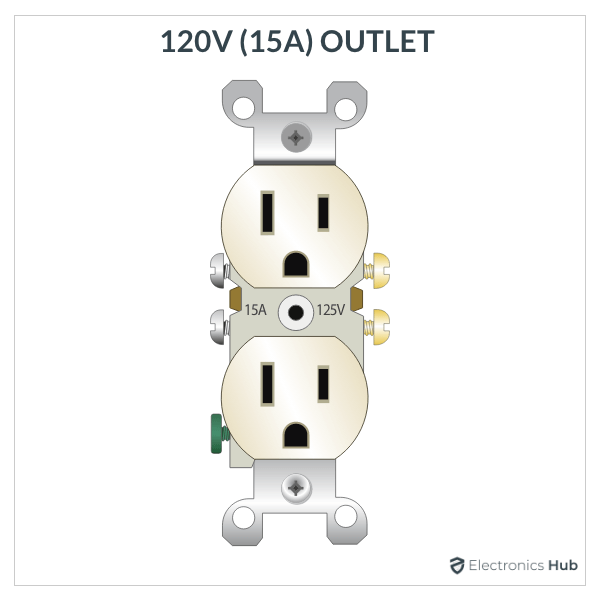
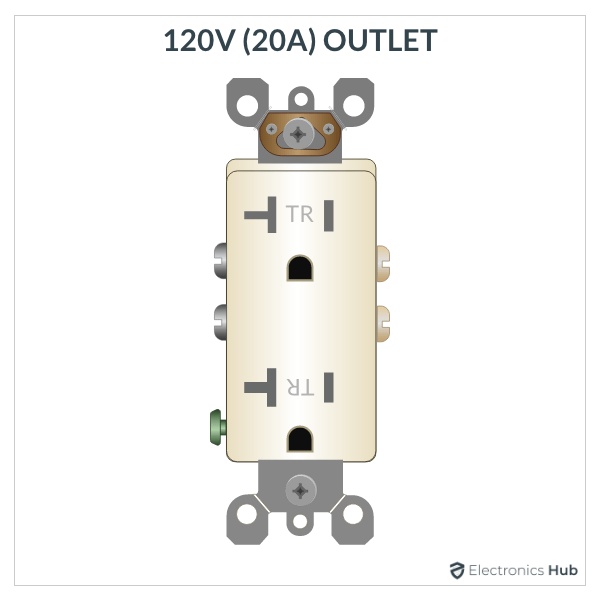
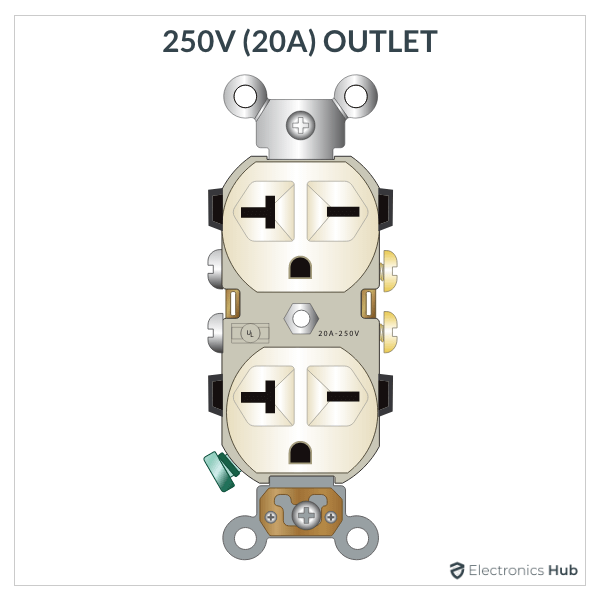
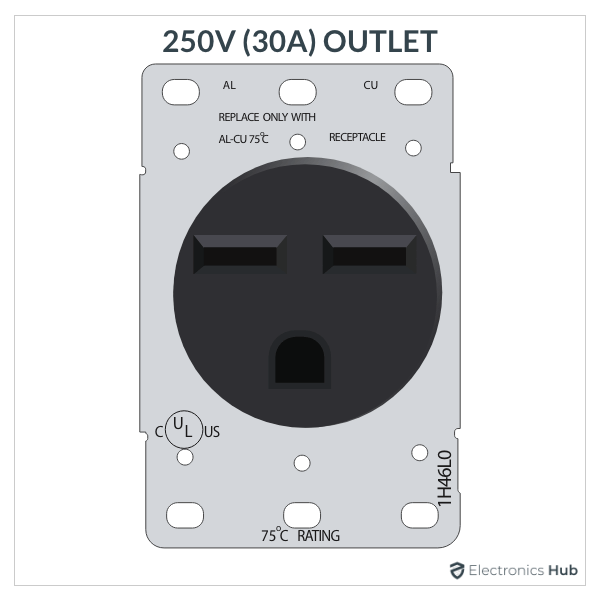
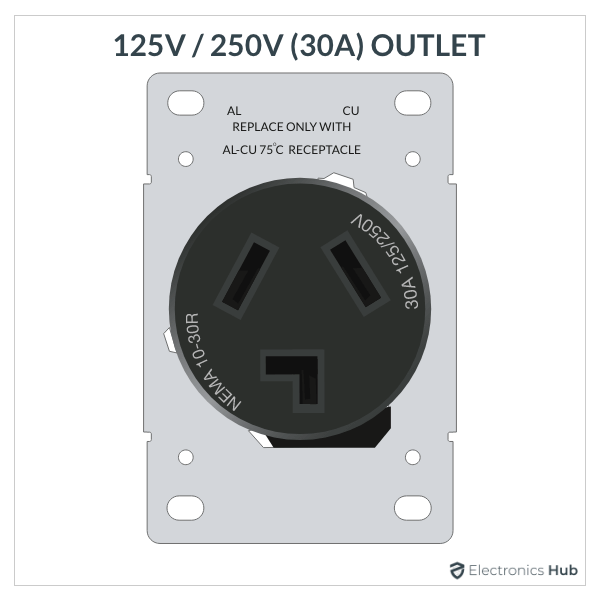
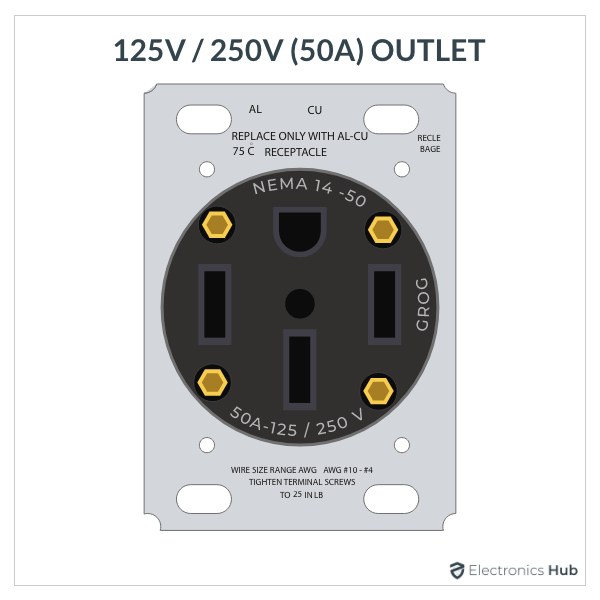
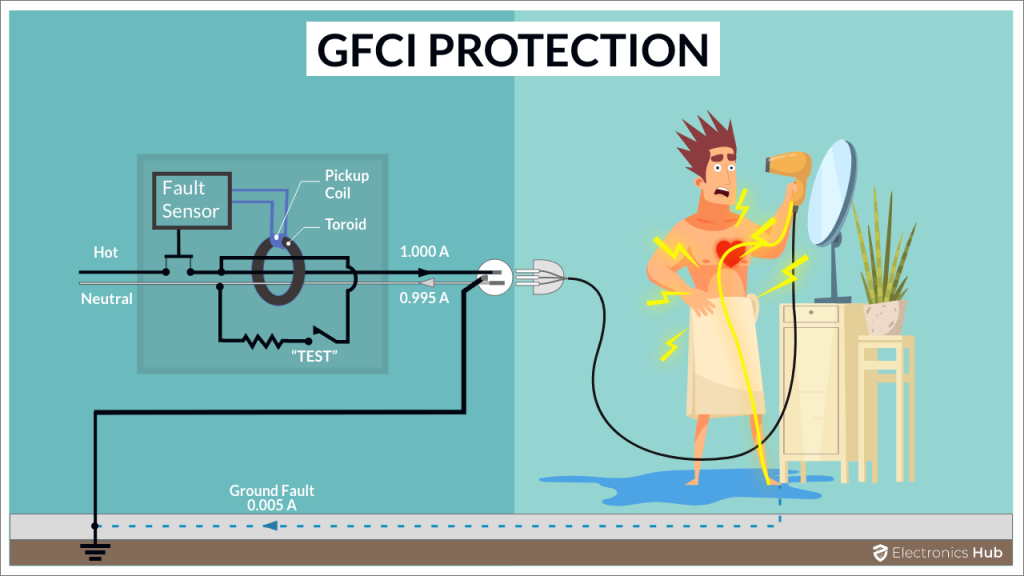
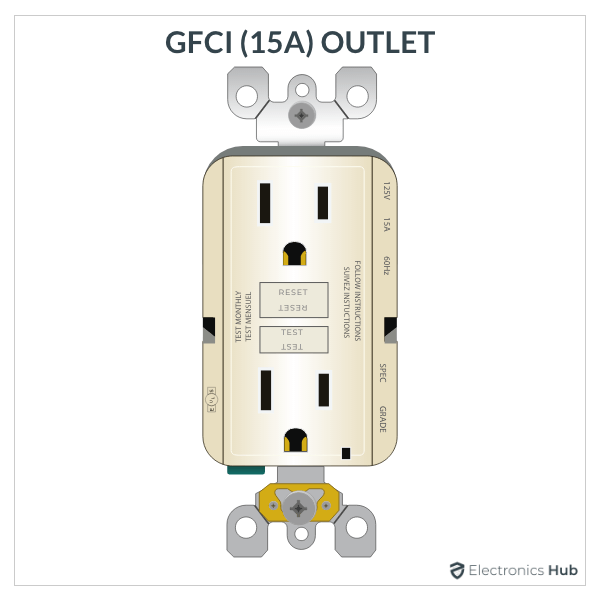
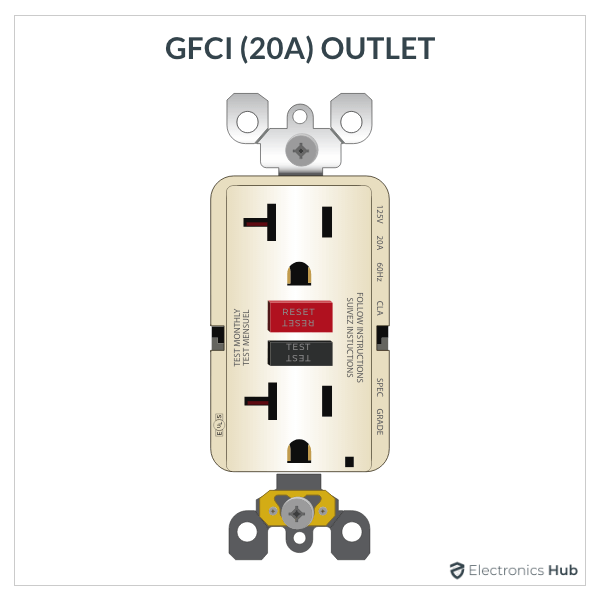
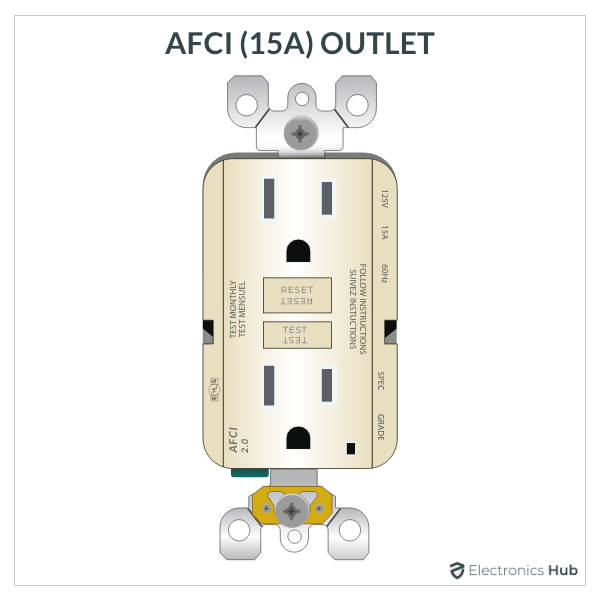
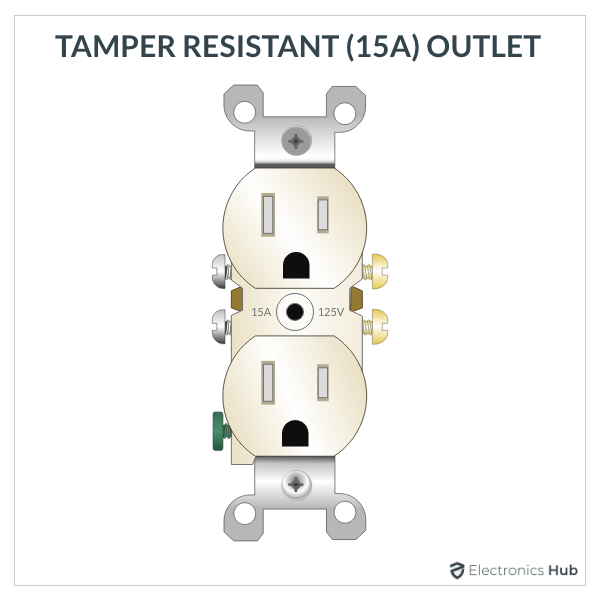
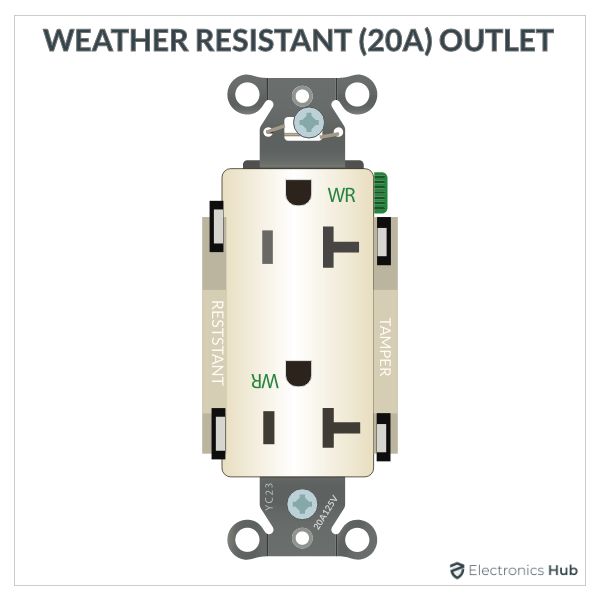
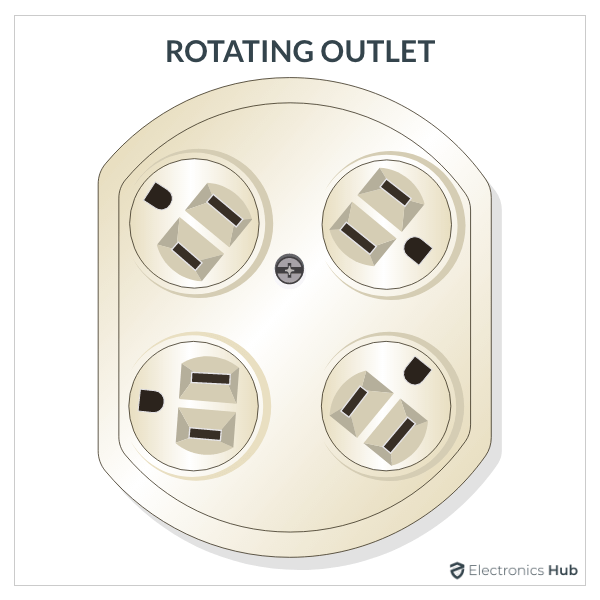
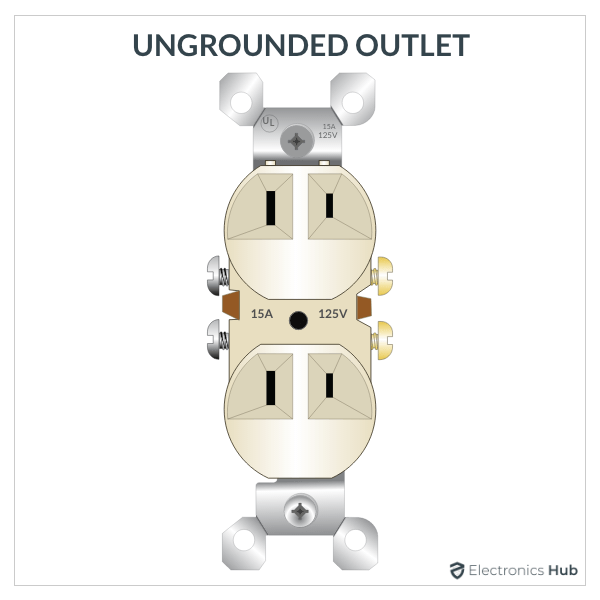
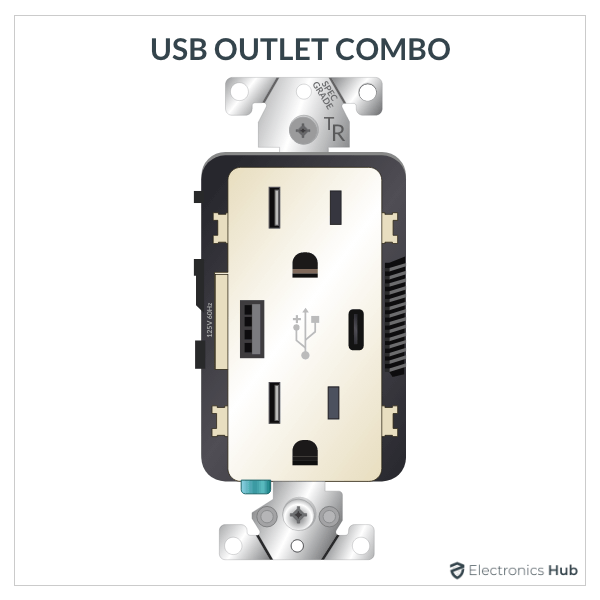
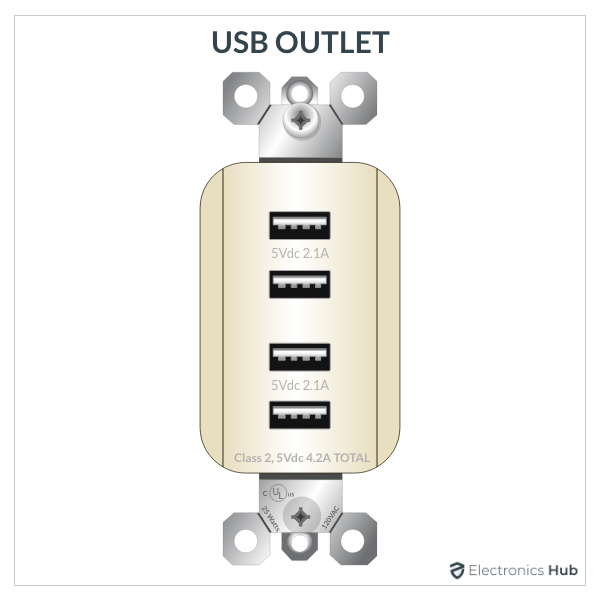
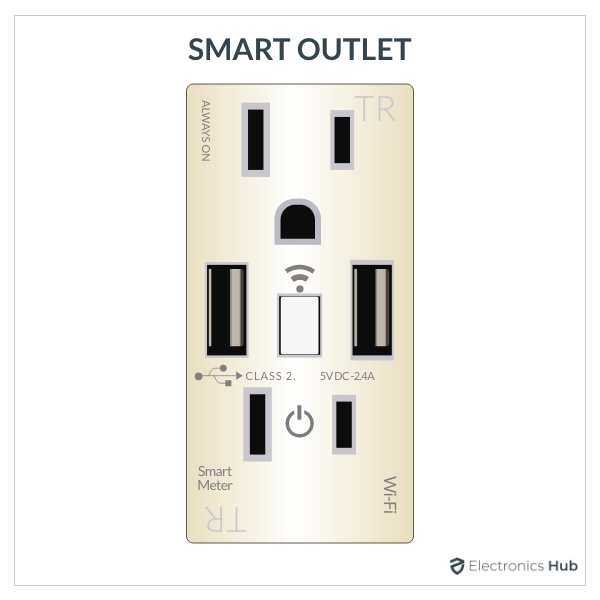


![]()